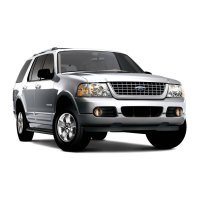
Do you have a question about the Ford Explorer 2005 and is the answer not in the manual?
| Brand | Ford |
|---|---|
| Model | Explorer 2005 |
| Category | Automobile |
| Language | English |
Alerts about vehicle conditions that may lead to expensive repairs.
Details on speedometer, coolant temperature, odometer, tachometer, and oil pressure gauges.
Controls for manual temperature, airflow, AC, and rear defroster.
Setting, resuming, increasing, decreasing, and turning off speed control.
Programming and operating the HomeLink system for garage doors.
Calculating vehicle load capacity, GCWR, and GVWR.
Unlocking, locking, and panic alarm functions via remote entry.
Information on the anti-theft system, theft indicator, and key programming.
Details on airbags, seat belts, and sensors in the safety system.
Proper use of seat belts, including vehicle-sensitive and automatic locking modes.
Precautions, operation, and components of the airbag system.
Information on the side curtain airbag system's design and function.
Proper use of safety seats, booster seats, and LATCH anchors.
Procedures for inspecting tires and maintaining proper inflation.
Step-by-step instructions for changing a flat tire.
Understanding TPMS warning lights and system operation.
Calculating vehicle load capacity and trailer towing limits.
Understanding ignition key positions and starting engine procedures.
Information on brakes, ABS, and brake assist system.
Stability enhancement and traction control system features.
Information on Ford's complimentary roadside assistance services.
Locating and identifying fuses and relays in the vehicle.
Step-by-step guide for safely jump starting a vehicle.
How to report vehicle defects to NHTSA and Ford.
Tracking service, using recommended parts, and servicing precautions.
Checking and adding washer fluid and engine oil levels.
Specifications for engine oil type, viscosity, and certification.
Checking battery electrolyte, cleaning terminals, and safety precautions.
Procedures for checking and adding engine coolant.
Safety precautions for handling fuels and refueling procedures.
Ensuring proper function of emission control components and catalytic converter.
Understanding the OBD-II system and readiness for I/M testing.
Checking brake fluid and automatic transmission fluid levels.
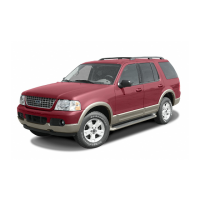
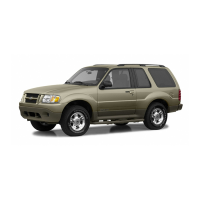

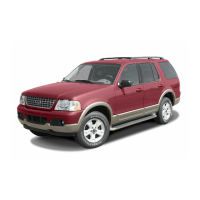
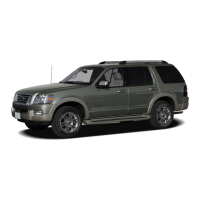
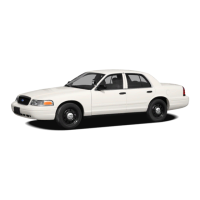

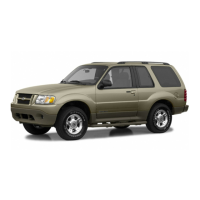
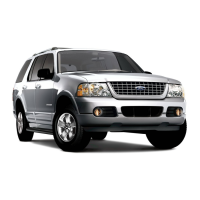
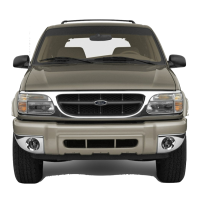

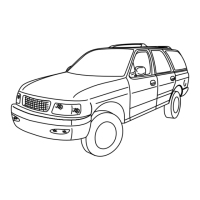
